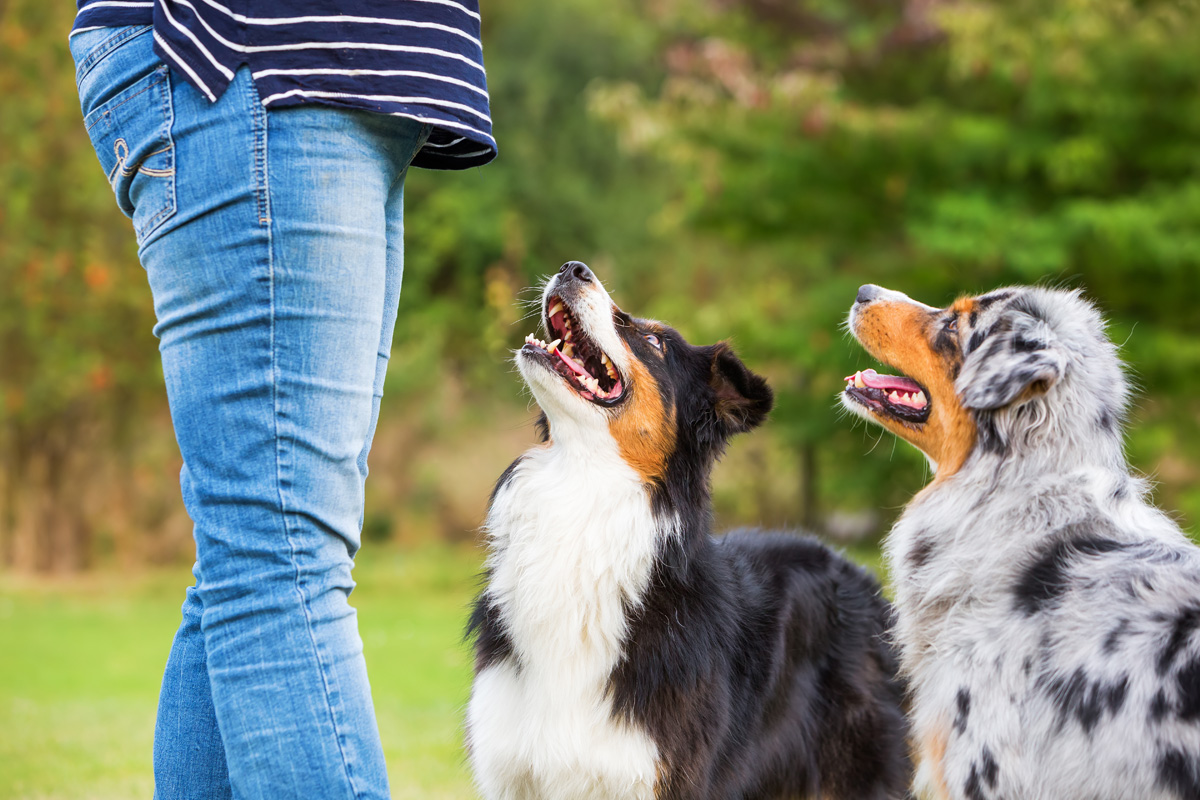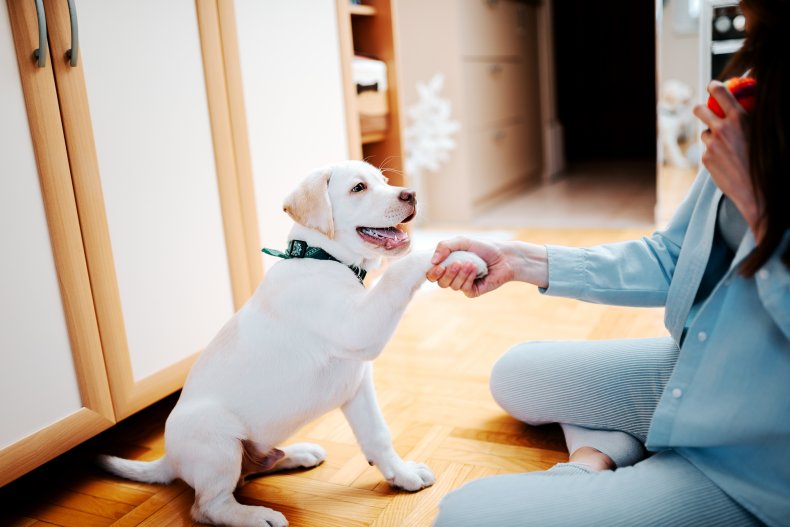Having a dog that knows how to do tricks can be impressive and entertaining. But a dog that knows how to follow commands can save you a lot of trouble in the long run.
Sit, stay, and come here may be the most common skills to teach your dog, but a well-trained canine proves to be a healthier adult. Since mastering their basic training will give them coping mechanisms they’ll need to behave in unfamiliar situations.

So if your pup is ready to start their training, this article will discuss the best and most effective ways to teach them.
Can I train my dog myself?
The short answer is, yes. It’s actually encouraged to train your dog yourself as this will strengthen your bond with each other.
Since training will allow you to spend some time together, you’ll get to know their traits and quirks which will help you figure out their best methods of learning.
Even if it’s your first time training a dog, taking it in strides will make it less overwhelming for you and your pup. So if you have no idea where to start, you can follow the steps below.
What’s the most effective way to train a dog?
Training your dog will need a lot of time and repetitions, so it’s important to be patient when they’re still learning. With that in mind, here are the keys methods you can do to train your pup effectively:
Apply positive reinforcement
Positive reinforcement is one of the most effective methods for training your dog as it creates a safe environment without the fear of making mistakes.
The process involves rewarding your pup with treats, toys, or games when they execute commands successfully as it teaches them to associate their behavior with a positive result. This will also encourage them to repeat their behavior more often since they know there will be a reward waiting for them.
Your dog may not get the concept the first few tries, but with constant practice, it’ll soon be able to master its skill.
Motivate with the right reward
Every dog will have their own preference of things they will be willing to work for, so keep tabs on what makes your pup excited. Some dogs will prefer to have a treat, while others will want a minute to play with their favorite toy.
Using the right reward for training will make your dog more motivated as they’ll associate their behavior with getting the thing they want the most.
So if your dog likes getting treats, make sure to give them bite-sized pieces so they won’t get full too quickly. But if they prefer toys, you can also alternate between different types to keep them interested.

Start with basic commands
If your dog has no previous experience with training, it’s best to start by teaching them basic commands like sit, stay, and down.
Beginning with less complicated lessons will set your dog up for success since they’ll get to learn the commands faster. Once they’ve mastered the basics, you can then slowly introduce them to more advanced tricks.
It’s also important to focus on learning one skill at a time to prevent your dog from getting overwhelmed and making them lose interest.
Remember to also use the same command when training as alternating ‘sit’ and ‘sit down’ will only confuse your pup.
Train in consistent short sessions
Since dogs usually have short attention spans, it’s important to keep your training sessions under 15 minutes to prevent them from losing interest.
Younger dogs or puppies may even need shorter periods of training since they get distracted easily at that age. So if that’s the case, you can spread out your lessons to 5-minute sessions throughout the day.
Granted, 15 minutes a day is not enough time to let your canine learn a skill that’s why it’s important to be consistent with their lessons. So if you can, make sure to do a bit of training every day to strengthen your dog’s abilities.
Remember to have fun
Dog training shouldn’t feel like a chore that you need to check off your list. So it’s important to keep things fun and lighthearted to make your pup excited to participate.
You can do this by sneaking in a short playtime in between your sessions to give them a mental break from learning commands.
You can also turn your dog’s training session into a fun game to make your day more exciting.
One example is to hide treats around your house and say the command ‘find’ to let your dog search for them. Keep the hiding places easy at the beginning, then slowly make them more difficult after a few tries.
Once they get every piece, don’t forget to give your pup praises or pats on the head to let them know they did a good job.
